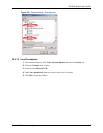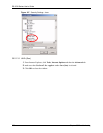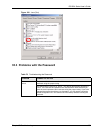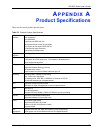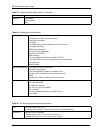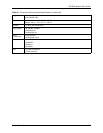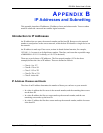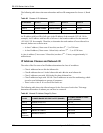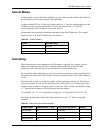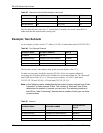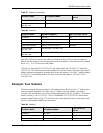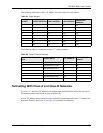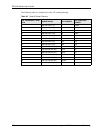
ES-2024 Series User’s Guide
Appendix B IP Addresses and Subnetting 262
APPENDIX B
IP Addresses and Subnetting
This appendix introduces IP addresses, IP address classes and subnet masks. You use subnet
masks to subdivide a network into smaller logical networks.
Introduction to IP Addresses
An IP address has two parts: the network number and the host ID. Routers use the network
number to send packets to the correct network, while the host ID identifies a single device on
the network.
An IP address is made up of four octets, written in dotted decimal notation, for example,
192.168.1.1. (An octet is an 8-digit binary number. Therefore, each octet has a possible range
of 00000000 to 11111111 in binary, or 0 to 255 in decimal.)
There are several classes of IP addresses. The first network number (192 in the above
example) defines the class of IP address. These are defined as follows:
• Class A: 0 to 127
• Class B: 128 to 191
• Class C: 192 to 223
• Class D: 224 to 239
• Class E:
240 to 255
IP Address Classes and Hosts
The class of an IP address determines the number of hosts you can have on your network.
• In a class A address the first octet is the network number, and the remaining three octets
are the host ID.
• In a class B address the first two octets make up the network number, and the two
remaining octets make up the host ID.
• In a class C address the first three octets make up the network number, and the last octet
is the host ID.



